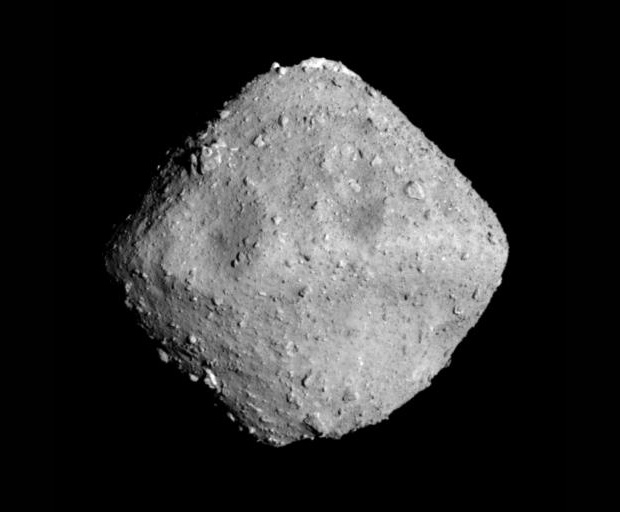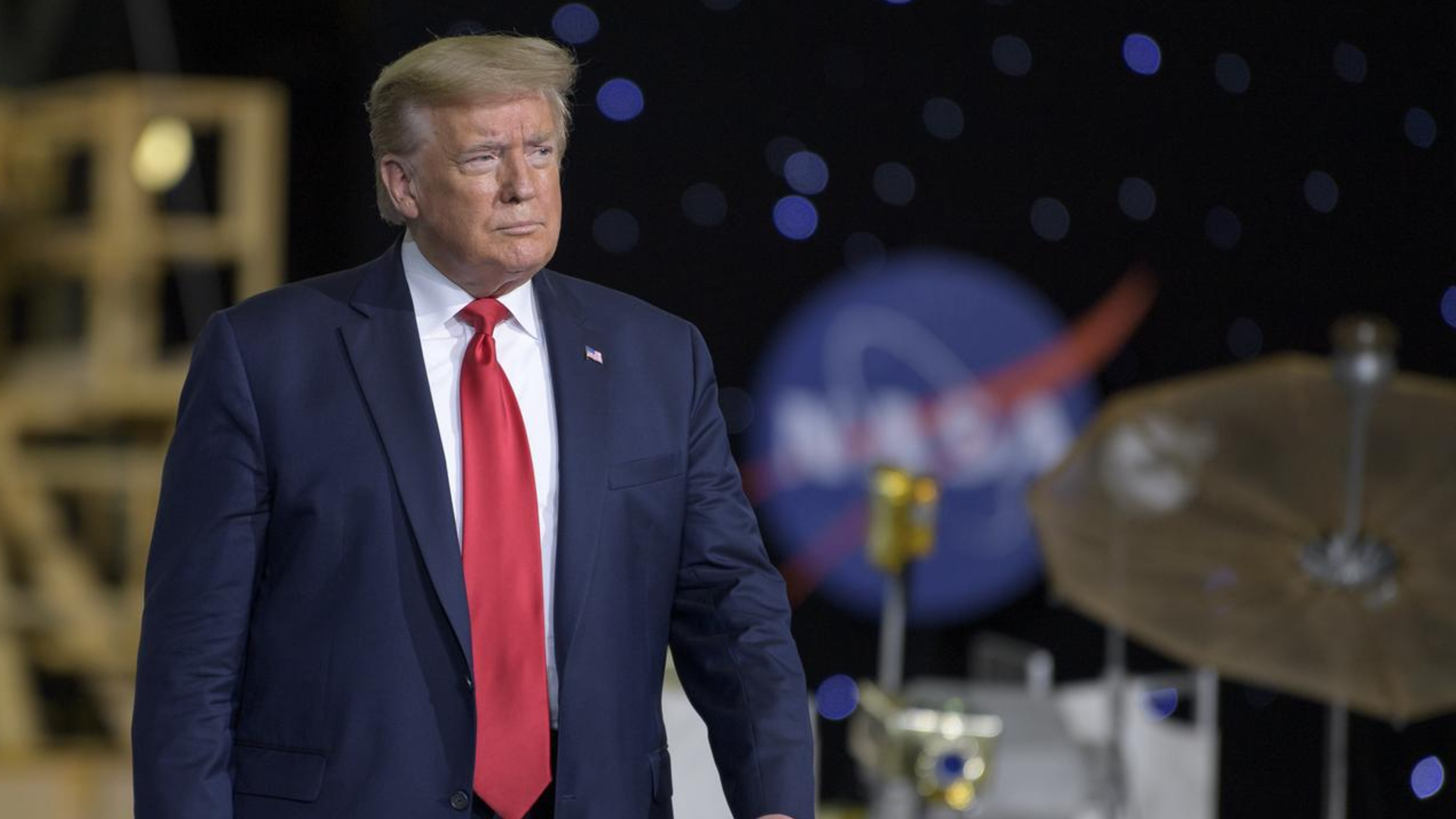Japan Will Land a Spacecraft on Asteroid Ryugu This Month to Snag a Sample
A Japanese asteroid probe will snag samples of its target space rock later this month, if all goes according to plan.
The Hayabusa2 spacecraft, which has been studying the 3,000-foot-wide (900 meters) near-Earth asteroid Ryugu up close since last June, will make its first sample-grabbing dive just two weeks from now.
"The touchdown operation to collect a sample from Ryugu will be between February 20th-22nd. Hayabusa2 is scheduled to begin the descent from February 21 and touch down on the surface of Ryugu around 8 a.m. on February 22 (JST). It is the pinnacle of the mission!" Hayabusa2 team members said via Twitter Wednesday (Feb. 6). [Japan's Hayabusa2 Asteroid Mission in Pictures]
Japan Standard Time is 14 hours ahead of U.S. Eastern Standard Time, so the touchdown will take place on the night of Feb. 21 for folks in North and South America (and around midnight for people throughout Europe).
This month's operation was originally scheduled to take place in October, but mission team members delayed the activity to give themselves more time to take stock of Ryugu's unexpectedly complex and rugged surface.
Hayabusa2 will make two additional sample-grabbing sorties after this month's activity, including one trip to snag material from a fresh crater. The spacecraft will create this crater itself, sending a "kinetic impactor" barreling into Ryugu.
The various bits of Ryugu material will travel to Earth in a special return capsule in December 2020, if current schedules hold. Scientists around the world will then study the cosmic dirt and gravel, looking for clues about the solar system's early history and the role that carbon-rich asteroids like Ryugu may have played in life's emergence on Earth.
Breaking space news, the latest updates on rocket launches, skywatching events and more!
The mission has already touched Ryugu's surface multiple times. The Hayabusa2 mothership deployed two tiny, hopping rovers onto the space rock last September, then dropped a European-built lander called MASCOT onto the asteroid less than two weeks later.
NASA is operating an asteroid-sampling mission of its own, with similar goals to those of Hayabusa2. The U.S. space agency's OSIRIS-REx probe entered orbit around the 1,650-foot-wide (500 m) asteroid Bennu — a carbonaceous rock, like Ryugu — on Dec. 31.
OSIRIS-REx is expected to snag its samples in the middle of next year; this material will come to Earth in September 2023.
Mike Wall's book about the search for alien life, "Out There," was published in November 2018 by Grand Central Publishing. Follow him on Twitter @michaeldwall. Follow us @Spacedotcom or Facebook. Originally published on Space.com.

Michael Wall is a Senior Space Writer with Space.com and joined the team in 2010. He primarily covers exoplanets, spaceflight and military space, but has been known to dabble in the space art beat. His book about the search for alien life, "Out There," was published on Nov. 13, 2018. Before becoming a science writer, Michael worked as a herpetologist and wildlife biologist. He has a Ph.D. in evolutionary biology from the University of Sydney, Australia, a bachelor's degree from the University of Arizona, and a graduate certificate in science writing from the University of California, Santa Cruz. To find out what his latest project is, you can follow Michael on Twitter.

